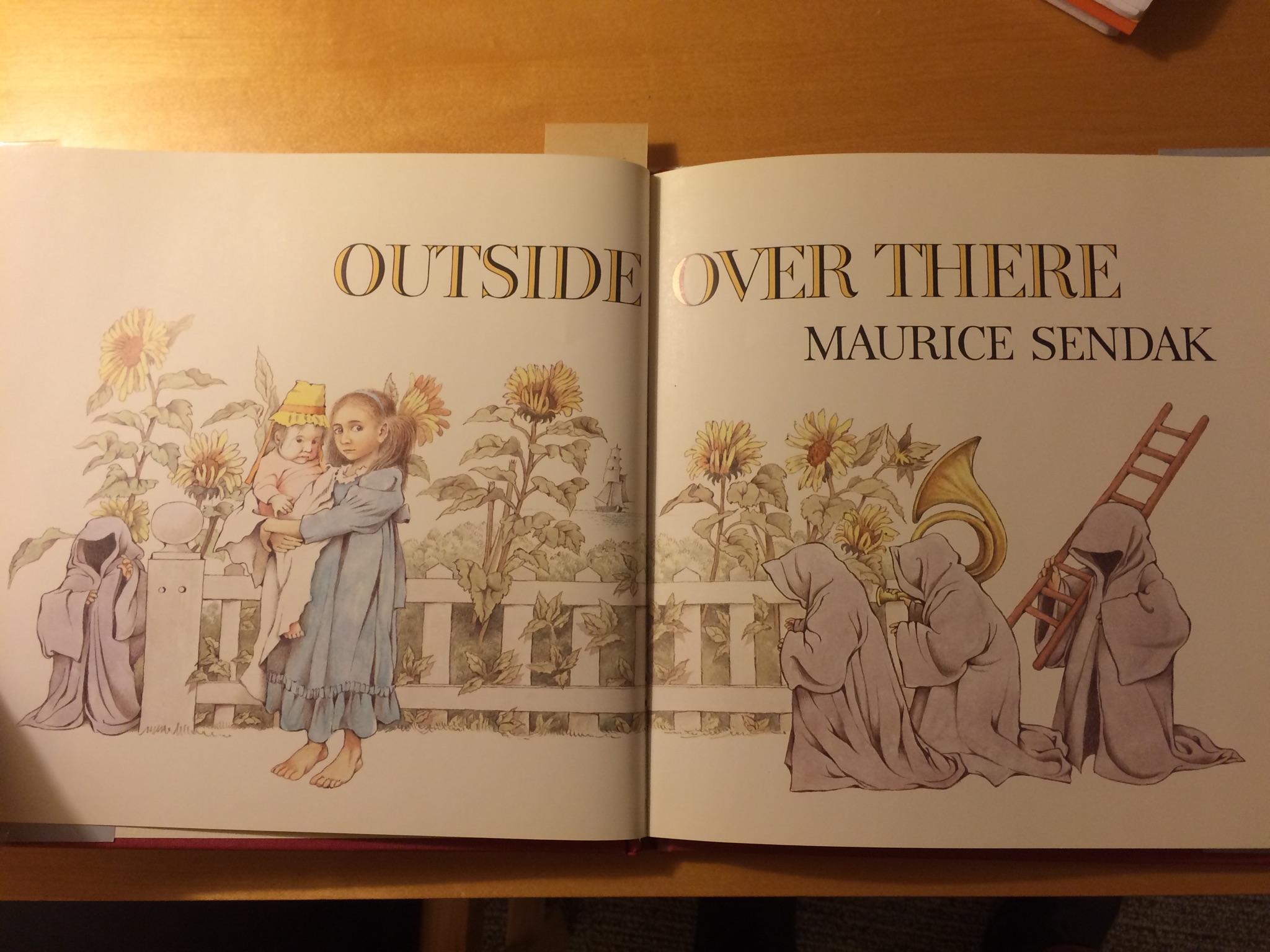“Through what mortal crime and horror, through what darkest windings of the way down to Death, the lost creature had wandered in God’s leading to the last home that, living, she never hoped to reach! In that sacred rest, I leave her–in that dread companionship, let her remain undisturbed.
So the ghostly figure which has haunted these pages as it haunted my life, goes down into the impenetrable Gloom. Like a Shadow she first came to me, in the loneliness of the night. Like a Shadow she passes away, in the loneliness of the dead.”
That cheery excerpt concludes the second chapter-like section of the Third Epoch. (Worth noting because it amuses me: It’s located on page 555, which is hilariously similar to 666.) While I’m not sure how this quote will show up in WordPress, which has a well-observed habit of screwing with everything I do, the second paragraph is set apart from the rest of the story by a solid line. Talk about blank spaces telling the whole story–this blank space leaves the end of chapter-section two looking like an epitaph! And of course, whenever anything is overly-asserted (especially an ending, since good old Wilkie has already faked us out more than once), one must be suspicious.
So then, what’s really going on here?
Well, Anne Catherick is dead, at least physicaly, but it’s worth remembering that she isn’t legally dead, which makes the grave paragraph above somewhat ironic. I have to wonder if Wilkie Collins isn’t setting us up for one of three things to happen. Firstly, our dearest Laura could really be Anne Catherick after all. To be honest, I don’t believe this, but it’s worth considering just because of how much that passage has hammered home the memory of her death. Secondly, it’s possible that Laura will never be able to get her own name back, but that she will be able to reclaim her fortune somehow just by proving Anne’s parentage. Which would be ironic again, because then poor Anne would remain both dead and alive. I’m not too fond of this theory either, because it seems wildly implausible, but it would be an interesting twist.
What’s most likely going on here, though, is that Collins is hinting that Anne will finally be put to rest. Because, as I have mentioned, while she is technically dead, she’s legally living, and that leaves her in an odd state of limbo. That second paragraph, on the other hand, really asserts her deadness, which could mean that her state of alive-and-deadness is coming to an end. I mean, if that little epitaph is to be trusted, then Anne isn’t just dead, she has disappeared “down into the impenetrable Gloom.” Which has got to be code for super-dead or something because it is so gosh-darn deathy. (It’s possible that this is a reference to Greek mythology, where Hades rules the underworld. If Anne was a ghost all along, then her leaving for his domain, as the phrase “down into the impenetrable Gloom” certainly suggests, indicates that her spirit has finally departed this world. Which in turn indicates that she is basically double-dead.)
So if Anne is so dead she’s double-dead, what does this have to say about the rest of the story? To summarize my argument: it might be the author’s way of telling the reader that Laura’s return to her old identity is coming, it might be an ironic indication that poor Anne was never dead at all, or it might suggest that Anne will live on legally for a while yet. We shall see.
